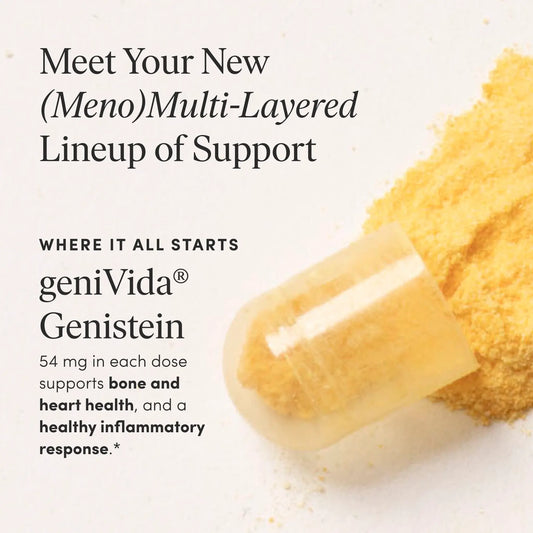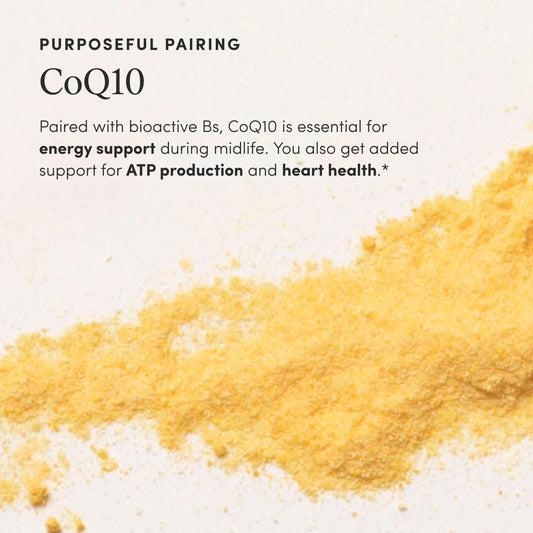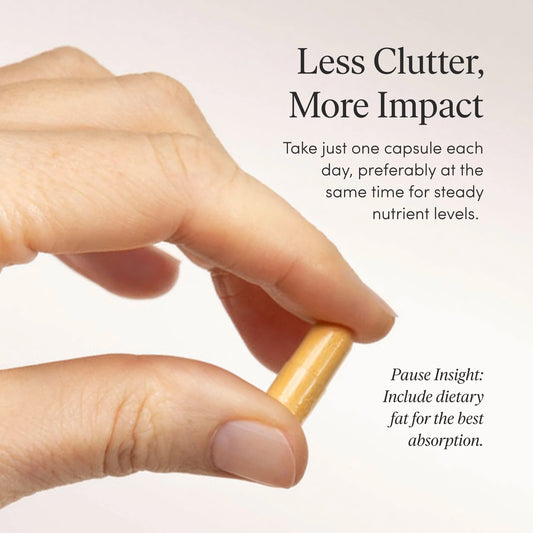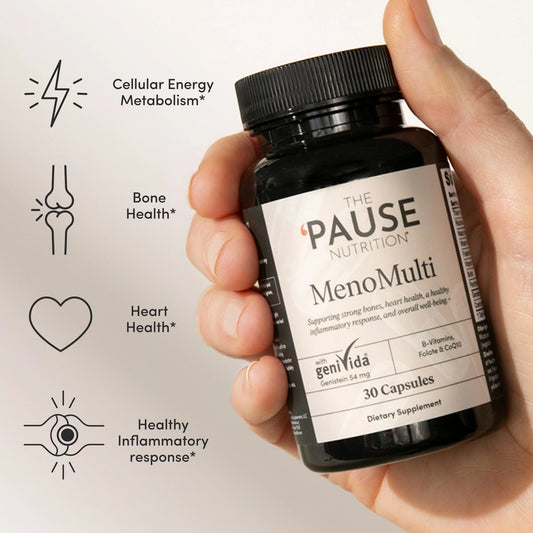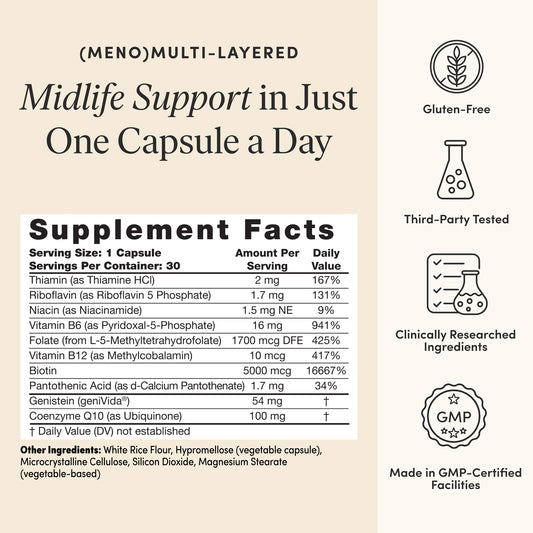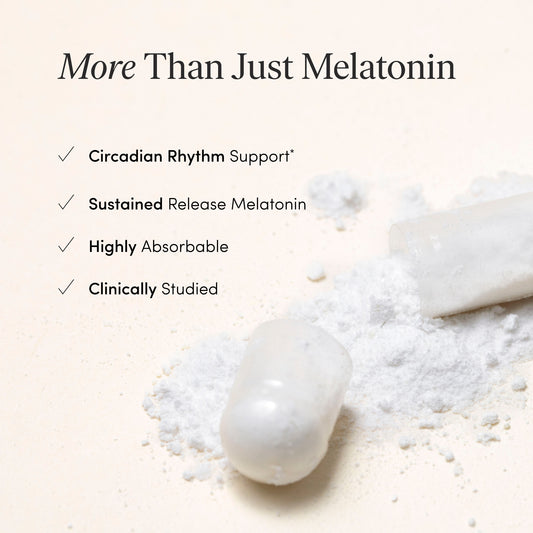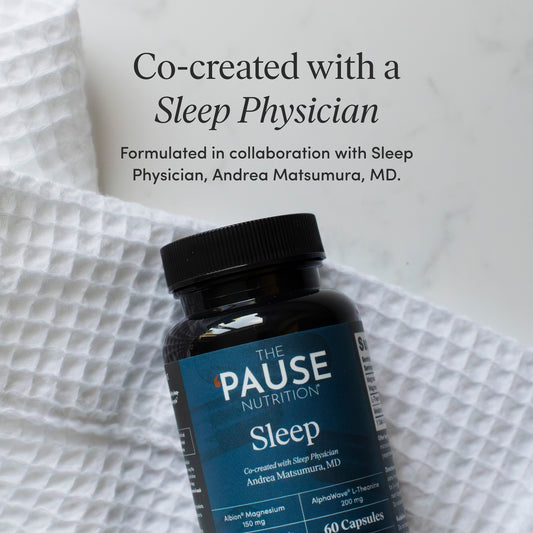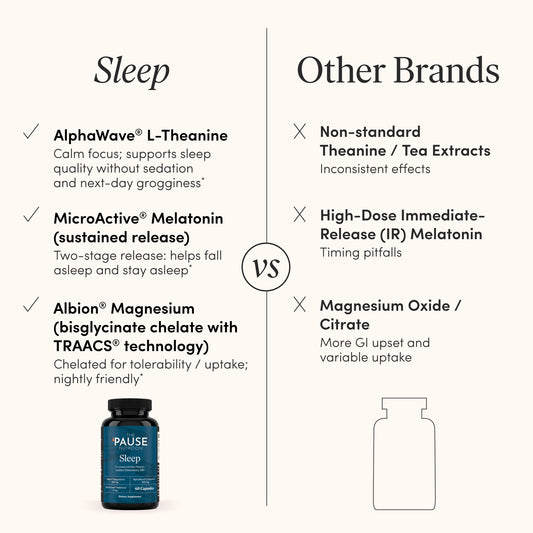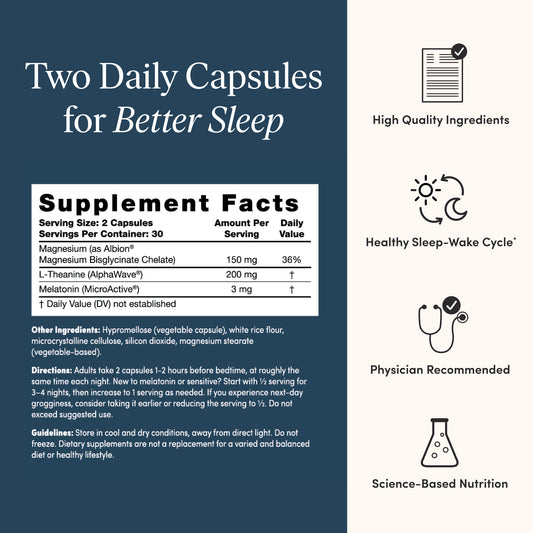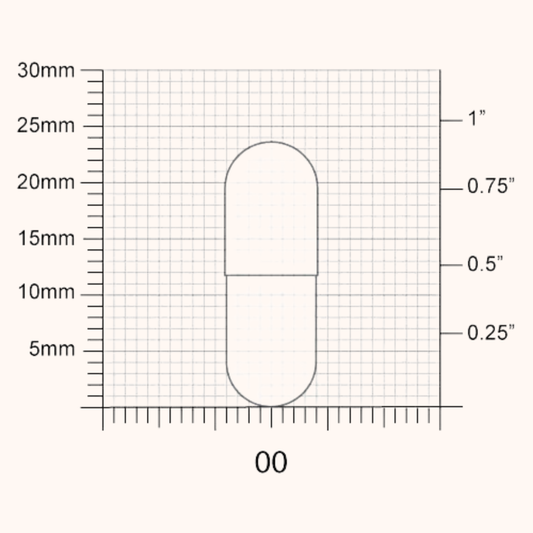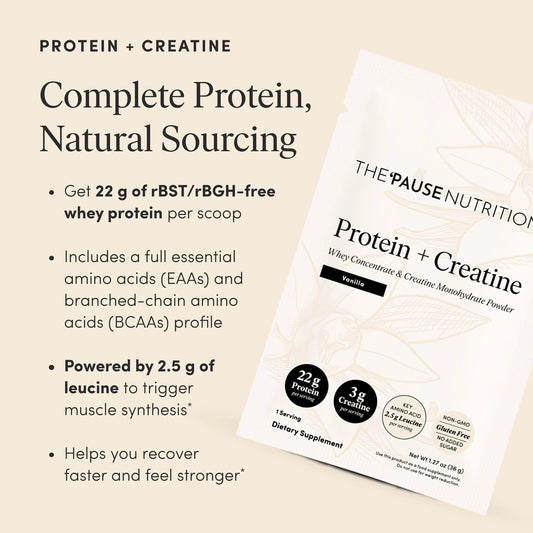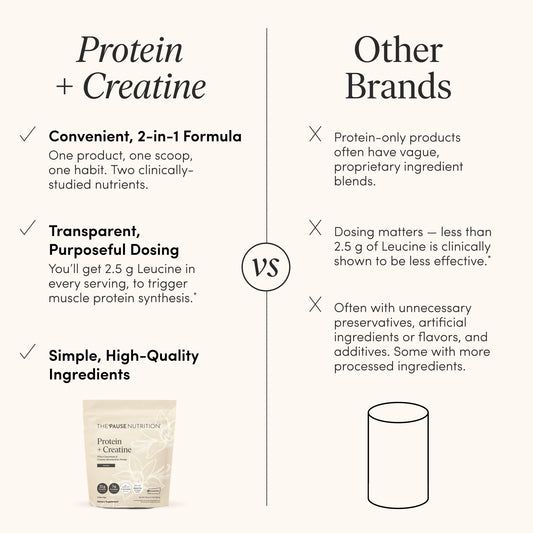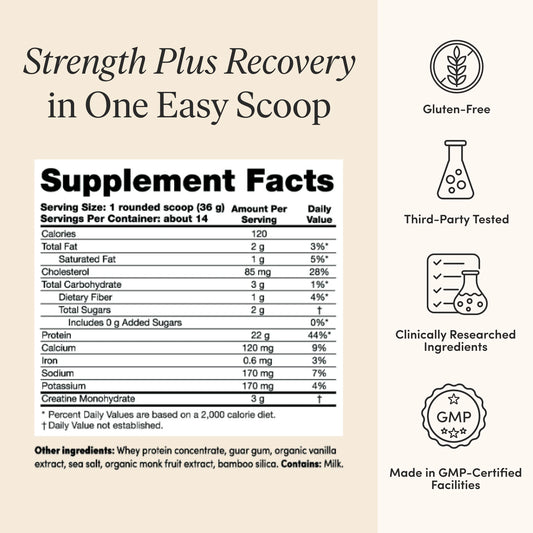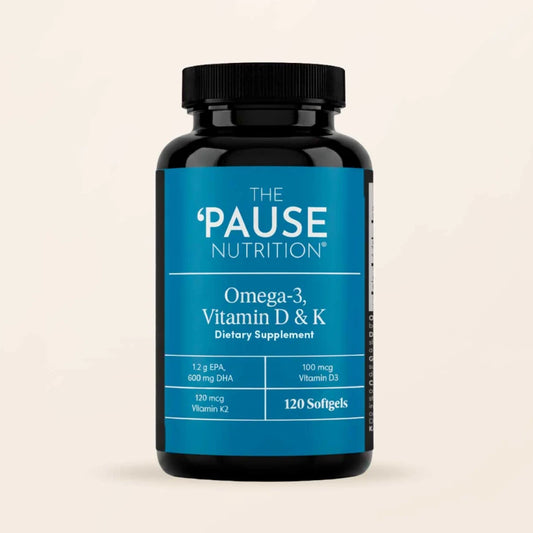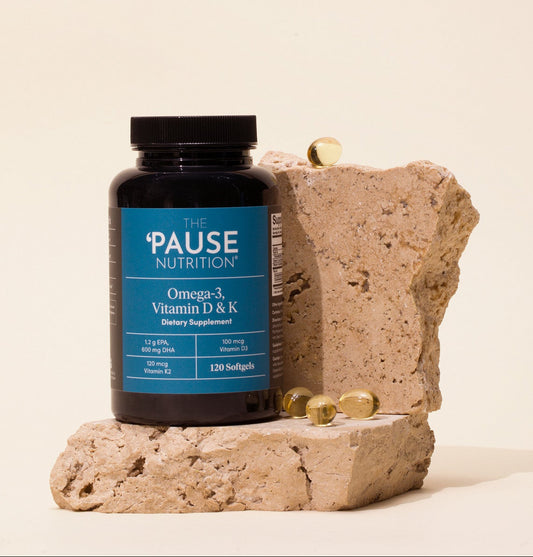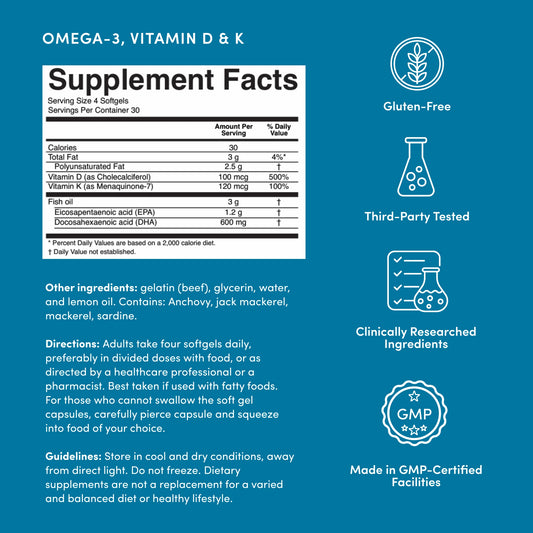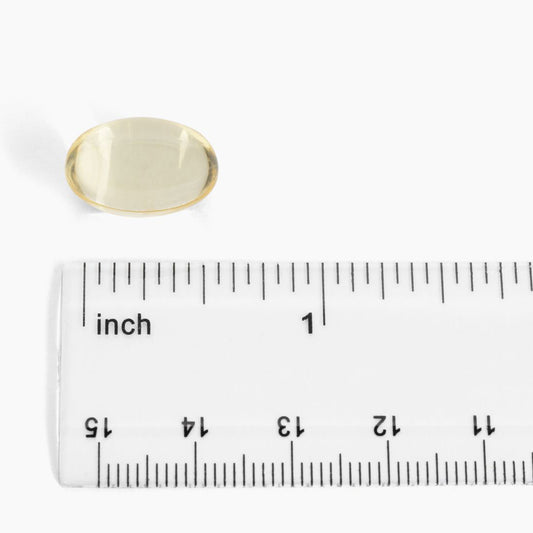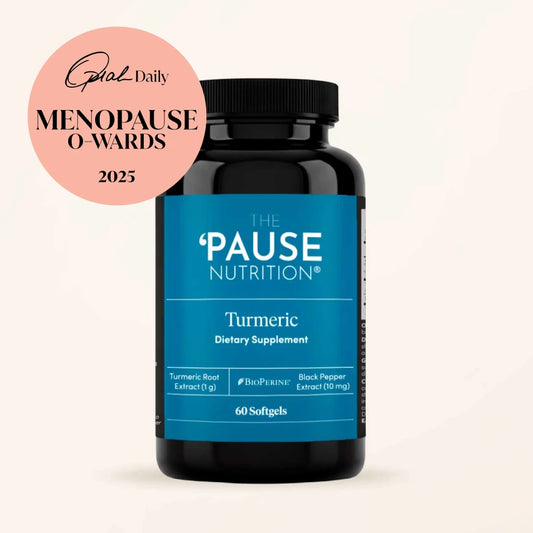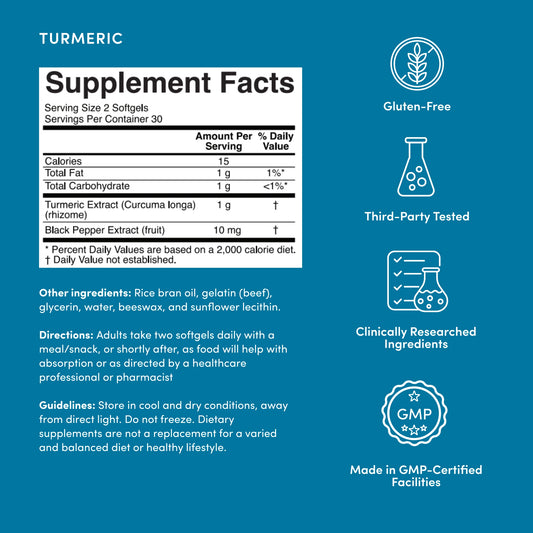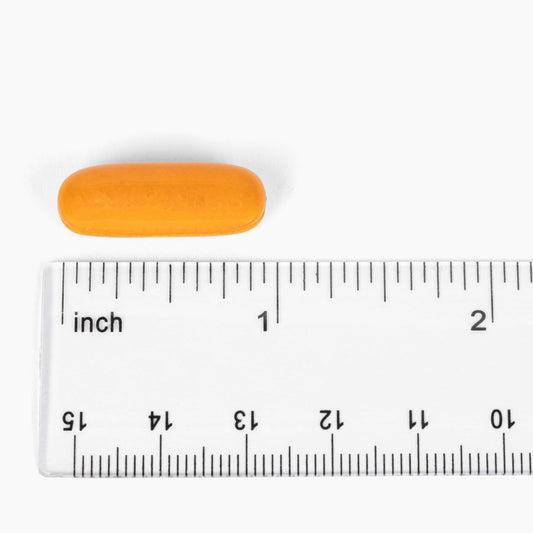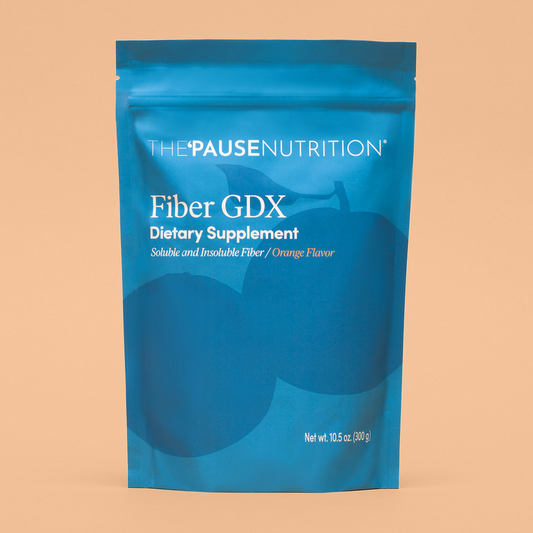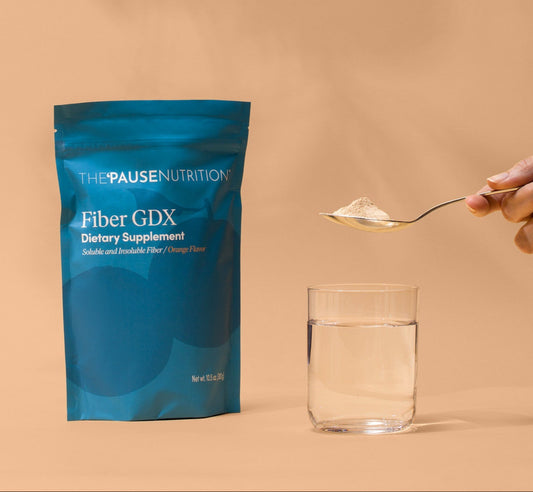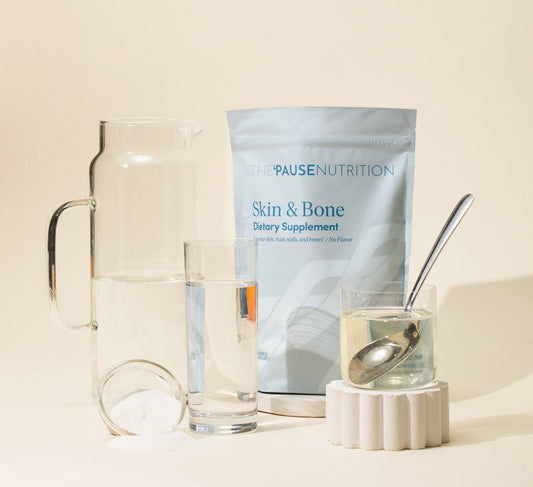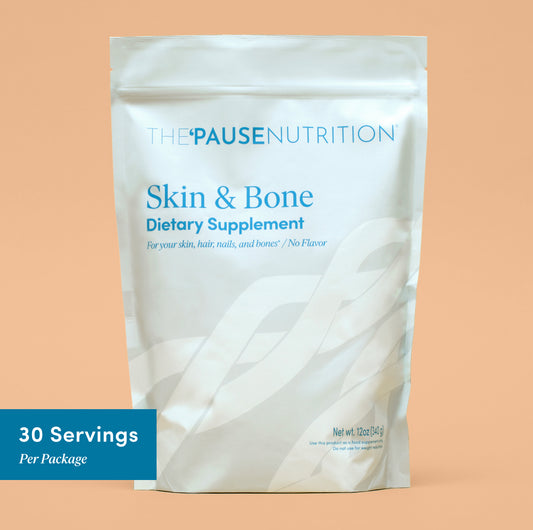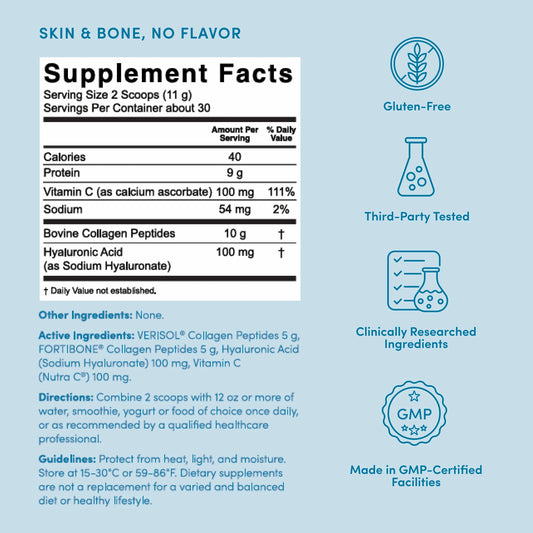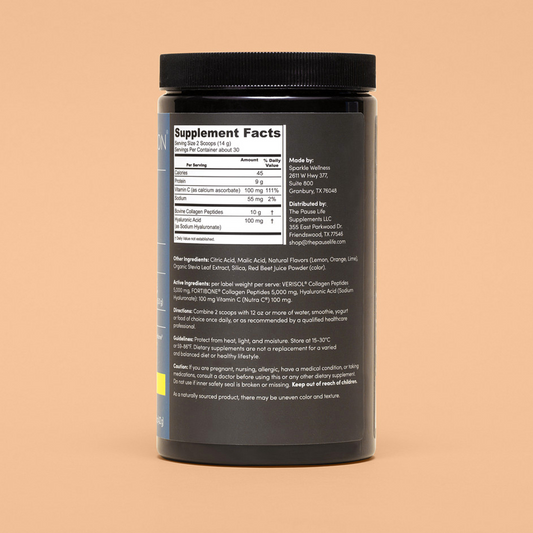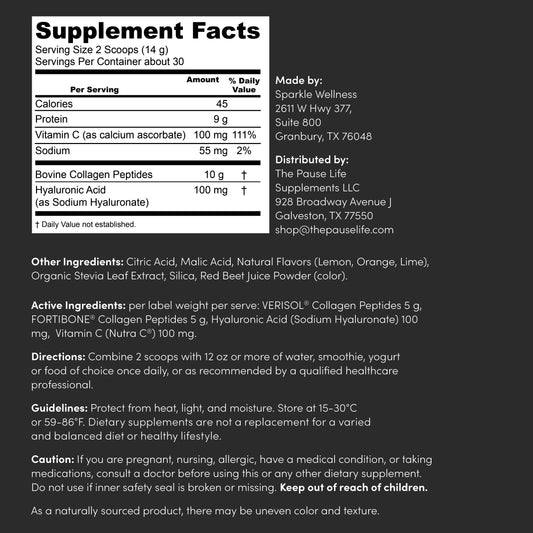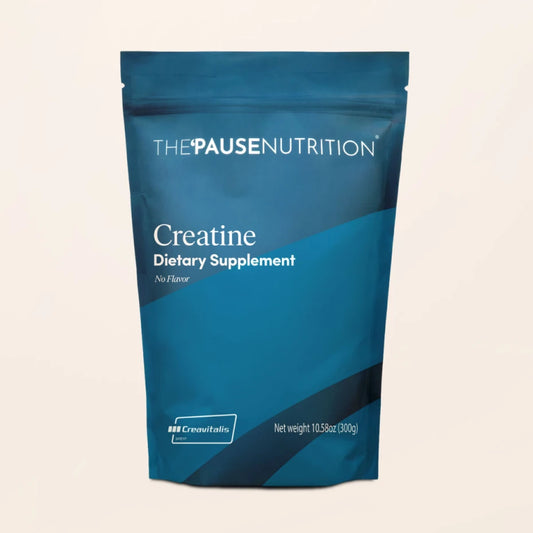SSRIs vs HT: What's Really First-Line Therapy for Perimenopausal Depression?

Share
When women in perimenopause present with depression, what should we reach for first? A prescription for a selective serotonin reuptake inhibitor (SSRI) or hormone therapy (HT)? Historically, SSRIs have taken the front seat. But newer data, and frankly, clinical common sense, are telling us it may be time to re-evaluate.
Why Is Depression So Common in Perimenopause?
Perimenopause is not just a time of irregular periods. It’s a hormonal shift where levels of estrogen, progesterone, and testosterone rise and fall unpredictably, and then slowly drop over time. Remember my zone of chaos post? That’s what I’m talking about. These hormones are not just reproductive; they are potent neuromodulators. This means they influence how brain cells communicate and function, impacting things like mood, focus, and sleep. Estrogen, for example, interacts with serotonin, dopamine, and GABA systems, all of which are critical to mood regulation.1
A recent systematic review* confirms what many of us see in practice: women are at increased risk for both new-onset and relapsed depression during the menopausal transition.2
*Side note: A systematic review is the gold standard, or the “best of the best” or even “the G.O.A.T” in evidence-based research. It is a type of research study that collects and critically analyzes all available evidence on a specific research question using rigorous, pre-defined methods to minimize bias. Think of it as a highly organized and comprehensive search for answers from existing research, aiming for the most reliable conclusion possible.
What the Guidelines Say vs. What the Data Show
There's also a deeper history here. In July 2002, the Women’s Health Initiative (WHI) study made headlines, and the ripple effects were massive.3 Hormone therapy prescriptions dropped dramatically almost overnight, and what rose in its place? Antidepressants, sleep aids, anti-anxiety meds, and more.
One of my favorite visuals on this comes from the brilliant Heidi Flagg at @m_pause. She created a powerful graphic that shows how sharply HT prescriptions declined, and how many other medications flooded in to fill the gap. You can see it for yourself here: Instagram graphic.

Graphic created by Dr. Heidi Flagg @m_pause on Instagram showing the impact the WHI study results had on prescription rates of other medications, including SSRIs and antidepressants
Standard practice often defaults to prescribing antidepressants.4 Specifically, a class of antidepressants called SSRIs. SSRI stands for selective serotonin reuptake inhibitor. All that means is it works on your brain chemicals by blocking the uptake of serotonin, which is the brain hormone that makes you feel good. And yes, SSRIs can help with vasomotor symptoms like hot flashes, especially when HT is contraindicated, but the evidence for SSRIs in treating menopause-related mood disorders is surprisingly limited, and outcomes are modest at best.5
In contrast, the neuroprotective effects of estrogen are well-documented. A groundbreaking retrospective study involving over 900 peri- and postmenopausal women treated with body-identical estradiol ± progesterone and/or transdermal testosterone showed a 44.6% improvement in mood scores (Meno-D scale*) across all 12 measured symptoms—including energy, libido, anxiety, and concentration.6
*About the Meno-D scale: It is a FREE questionnaire that was created to help women and their doctors identify and understand changes in mood and emotion during perimenopause. If you feel off, take a look at the questionnaire and share it with your doctor. It can help give you the words you need to improve the conversation with your healthcare team.
This wasn’t a cherry-picked population. But I should point out, this study was completed in the UK, and I’ll just say it: The UK is much more supportive of giving women HT than the US. Nearly 49% were in perimenopause, and half were already on HT but needed dose optimization. Even among women already using antidepressants, adding or adjusting hormone therapy led to substantial mood improvements.
Why Earlier Studies Missed the Mark
If hormone therapy is so effective, why hasn’t it been more widely adopted for mood disorders? Because earlier studies had major limitations:
- They used the older forms of HT. This included synthetic hormones like conjugated equine estrogen (CEE) and medroxyprogesterone acetate, not body-identical hormones.
- They included women well past menopause with few or no mood symptoms.
- Many used super low estrogen doses or did not personalize based on absorption.
- A large portion of study participants in early studies had a normal baseline mood, making it harder to measure benefit.
A new brain imaging study adds more proof. During the menopause transition, the number of estrogen receptors in the brain goes up, especially in areas that control mood and memory, like the hippocampus and amygdala. These changes were linked to memory problems and mood symptoms, even in women who had normal levels of estrogen in their blood.7
This suggests the brain may be trying to adjust to the drop in estrogen. Replacing that missing estrogen with hormone therapy makes sense for your body.
And here’s the kicker: these changes in the brain were so clear and consistent that researchers could tell whether a woman was premenopausal or postmenopausal just by looking at her brain scans! It didn’t matter what her age was or what her blood tests showed.

Brain images showing how estrogen receptor density changes across menopause stages. Adapted from Mosconi et al., *Scientific Reports*, 2024. Available under a Creative Commons license.
So, yes, right now we don’t have a reliable blood test to confirm perimenopause. But your brain might already be giving us the answer. Of course, PET scans aren't practical for everyday diagnosis, but research like this helps us better understand what’s happening under the surface. And it reinforces what I always say: if you’re experiencing symptoms, your body is already giving you the answer. You don’t need a lab result to get the care you need and deserve.
SSRIs: A Useful Tool—But Often the Wrong First Step
Let me be clear: SSRIs have a role. For women with a history of major depressive disorder or who prefer not to use hormones, they can be life-changing.
But if the depression is new, emerges alongside vasomotor symptoms, and occurs in a woman in her late 30s to 40s or early 50s, it is likely hormonally mediated.
Offering an SSRI first without exploring hormone therapy is not only less effective, but it can also delay recovery.
And while hormone therapy hasn’t been directly compared to SSRIs in head-to-head trials, it’s worth noting: HT tends to come with fewer long-term side effects.
SSRIs, on the other hand, are known to cause several side effects8-12, including:
- Sexual side effects
- Emotional blunting
- Weight gain
- Increased risk of fracture (something more women need to know about!)
In some cases, patients have reported very difficult withdrawal symptoms when trying to stop taking antidepressants. Tapering off antidepressants can be so challenging that some patients describe it as “pure hell.”13 Even conservative estimates suggest about 1 in 6 people experience withdrawal symptoms.14
My Clinical Approach
When I see a woman in perimenopause with depressive symptoms, here’s what I consider:
✅ Is she still menstruating or less than 12 months from her last period?
✅ Are mood changes new or markedly worse during this transition?
✅ Are there accompanying symptoms like brain fog, low libido, or fatigue?
If yes, HT with body-identical estradiol and progesterone is often my first-line therapy. I individualize the dose, consider transdermal routes, and sometimes add testosterone. I also evaluate antidepressant history. And yes, I absolutely co-manage with or refer a patient to psychiatry when needed.
The Bottom Line
Perimenopausal depression is not the same as clinical depression at other life stages. It’s often driven by hormonal shifts that we can correct—safely and effectively—with the right hormone therapy.
So, what’s first-line therapy?
For most perimenopausal women with new-onset depression:
Hormone therapy, not an SSRI, should be first in line.
Call to Action
Are you or someone you know struggling with a low mood in your late 30s to 40s or early 50s? You don’t have to settle for “it’s just part of aging.” Talk to your provider about body-identical hormone therapy. Or find one trained in menopause care.
And if you’re a provider, reconsider the reflex to reach for an SSRI. It may be time to treat the root cause, not just the symptoms.
Let’s change the narrative. Let’s treat perimenopausal depression at its source.














